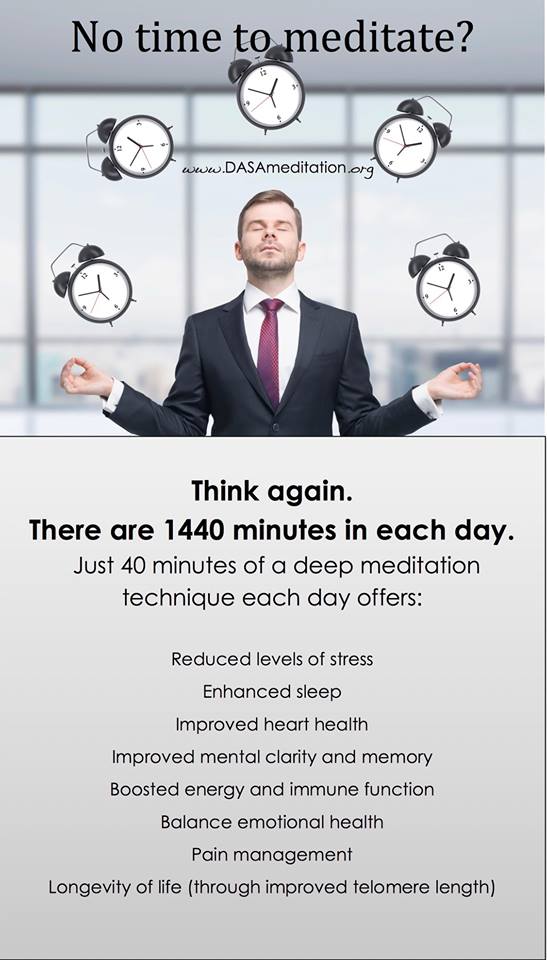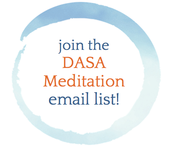Doctors report that 75% of all illness is caused by stress. Yet, we walk through each day unaware of the stress response, a warning signal that calls out for rest, relaxation, and balance.
Today's world is multifaceted, and stress pervades our life each and every day. Traffic builds, three jobs are funneled into one, financial pressure increases as housing costs rise, violence dominates our schools, social pressures rise, there is a mounting sea of new technology, moreover, we have an uncertain future with climate change. As a teacher of meditation and mind-body wellness, I see firsthand the impact of these stressors.
- How does stress affect the body?
- Can stress be held at bay?
- What steps can be taken to restore health and happiness?













 RSS Feed
RSS Feed

